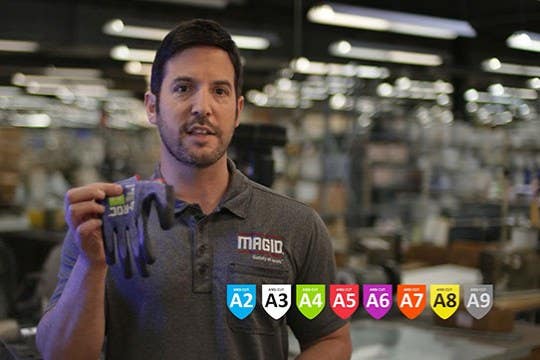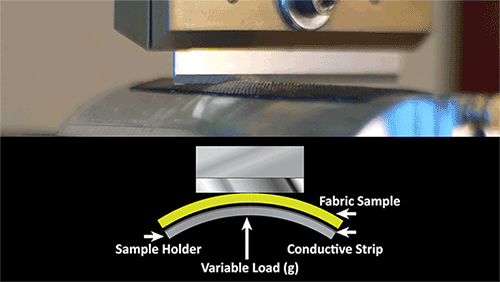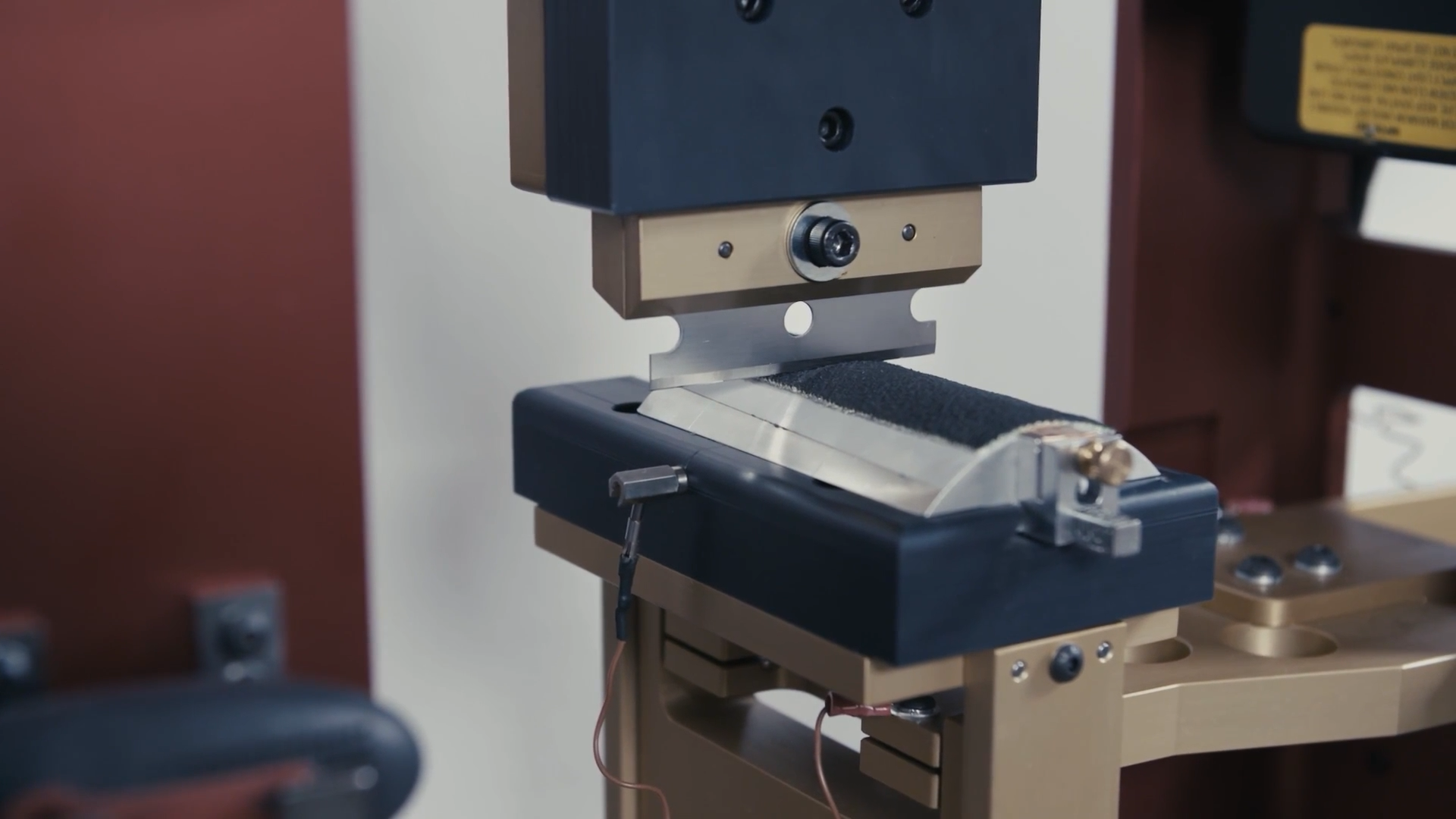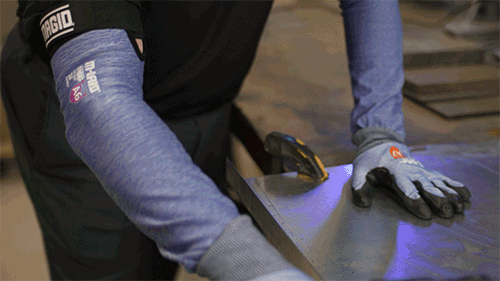
How Do You Know Cut-Resistant Gloves Work?
By John Heniff, Safety Writer, Magid
Comfortable materials that keep workers safe from cuts and lacerations are great news for safety! But new technologies like AeroDex® from Magid are producing cut-resistant fabrics that are so light and comfortable, some workers actually have a hard time imagining how they can protect from extreme cut-hazards! Understanding the rigorous tests we use can help you and your team to feel confident that your gloves are getting the job done to protect your workers!


TYPES OF CUT-RESISTANCE TESTS
Machine Testing for Cut Resistance
We start in the Magid lab, where state of the art cut-level testing equipment ensures that every product is as cut-resistant as the ANSI Cut Level Rating on the shield. A calibrated machine drags a sharpened blade across a sample of fabric with a specific amount of pressure. The amount of pressure needed to break through the fabric determines the cut level. This test is performed in accordance with ASTM F2992.


Lab Testing for Cut Resistance
We verify our results by sending the fabric to an accredited third-party laboratory that performs the same test with the same machine so our results can be validated and double-checked by an outside source.


Edge Testing for Cut Resistance
While these tests can simulate an obvious hazard like a sharp blade, they don’t always match unique hazards that workers may encounter on the job. So our final step is to edge-test in real world facilities like yours. Edge testing simulates running a worker’s gloved hand across a hazardous object to verify the material’s cut-resistance against specific hazards in a work area. This involves filling the glove with closed-cell foam or another similar material and then running the material over a hazard like a sharp edge. We do this with more force than a worker would normally use on the job to confidently know the glove can handle serious contact with hazards.




WHAT IF A WORKER GETS INJURED ON THE JOB?
We all know that injuries sometimes happen on the job despite the best preparations. So if a worker experiences an injury even after you’ve picked a glove with the right ANSI Cut Level for the hazards at your facility or work site, there may be underlying factors responsible instead of the glove itself.


Was the Worker Wearing Their Gloves?
Studies have found that between 72-80% of workers injured on the job were not wearing their gloves at the time of the injury. Workers might choose to not wear their PPE for various reasons like discomfort, overheating, or even because the glove gets in the way of doing the job. Sometimes it’s easy to take off their gloves and forget to put them back on. Some workers either don’t like wearing their gloves or they don’t feel like they are at risk on the job. Others say that they have been doing their job for years and have never experienced a serious hand injury.


Investigate Beyond the Cut Level after an Injury
It can be tempting to think that upgrading to a higher cut level is the best fix for protecting workers from potential cuts. But not every “cut” is actually a cut. Certain cuts may have been caused by a puncture that turned into a cut when a worker naturally jerked their hand away from the injury. Since this is a puncture and not a cut, switching to a glove with higher cut-resistance might not solve the problem. Be sure to thoroughly investigate what happened so you can understand what you need to adjust.


Start your search for light and comfortable cut resistance here!



